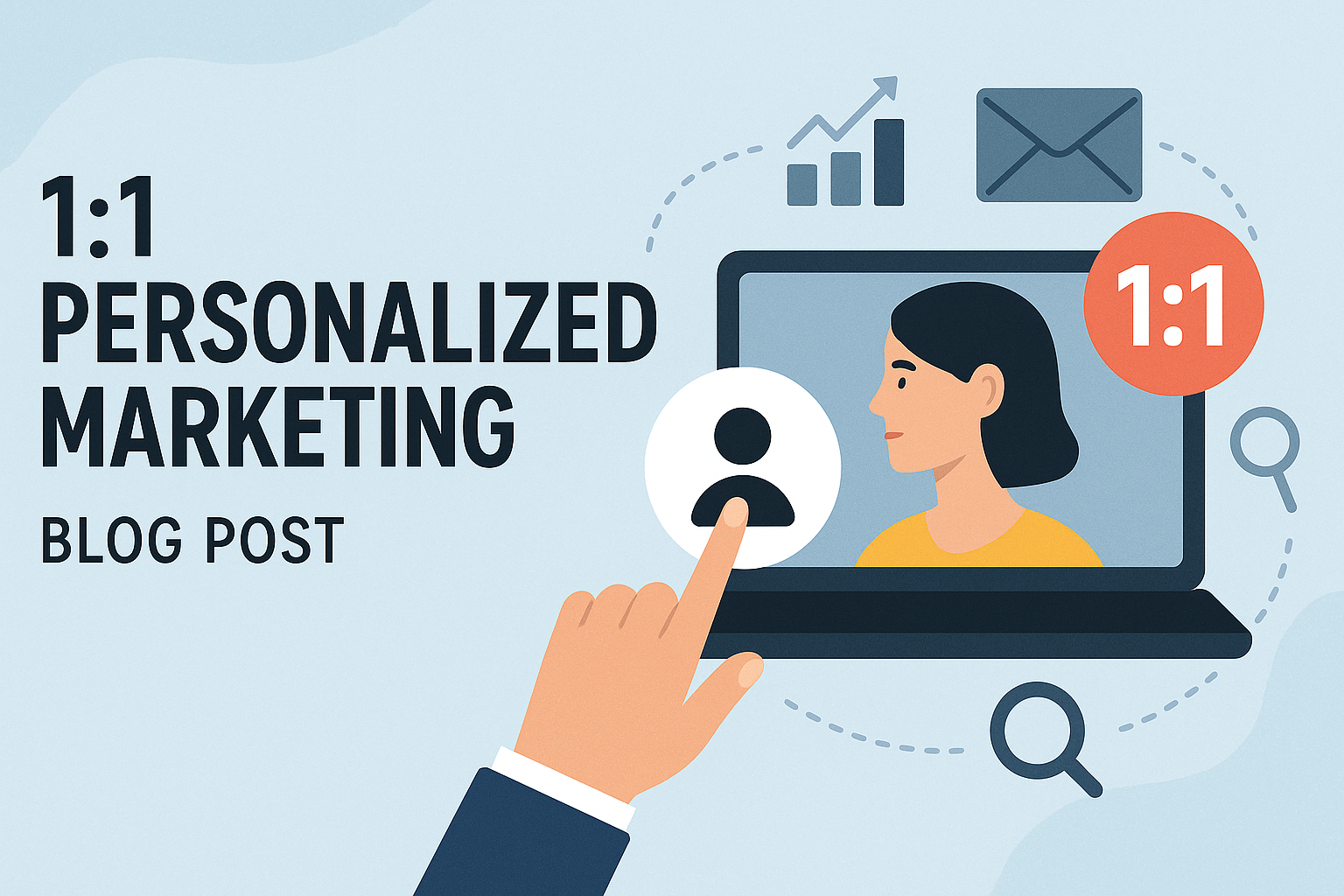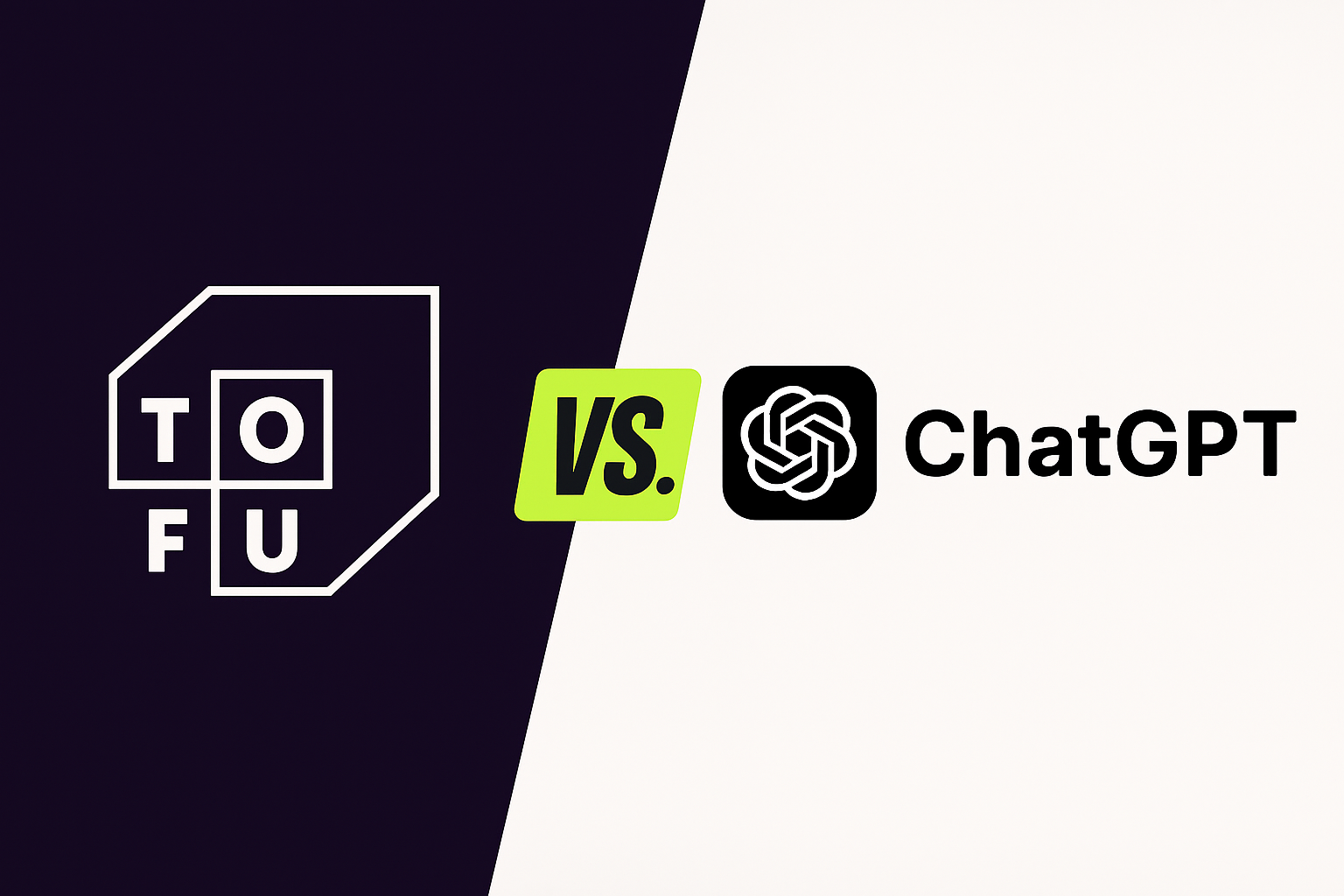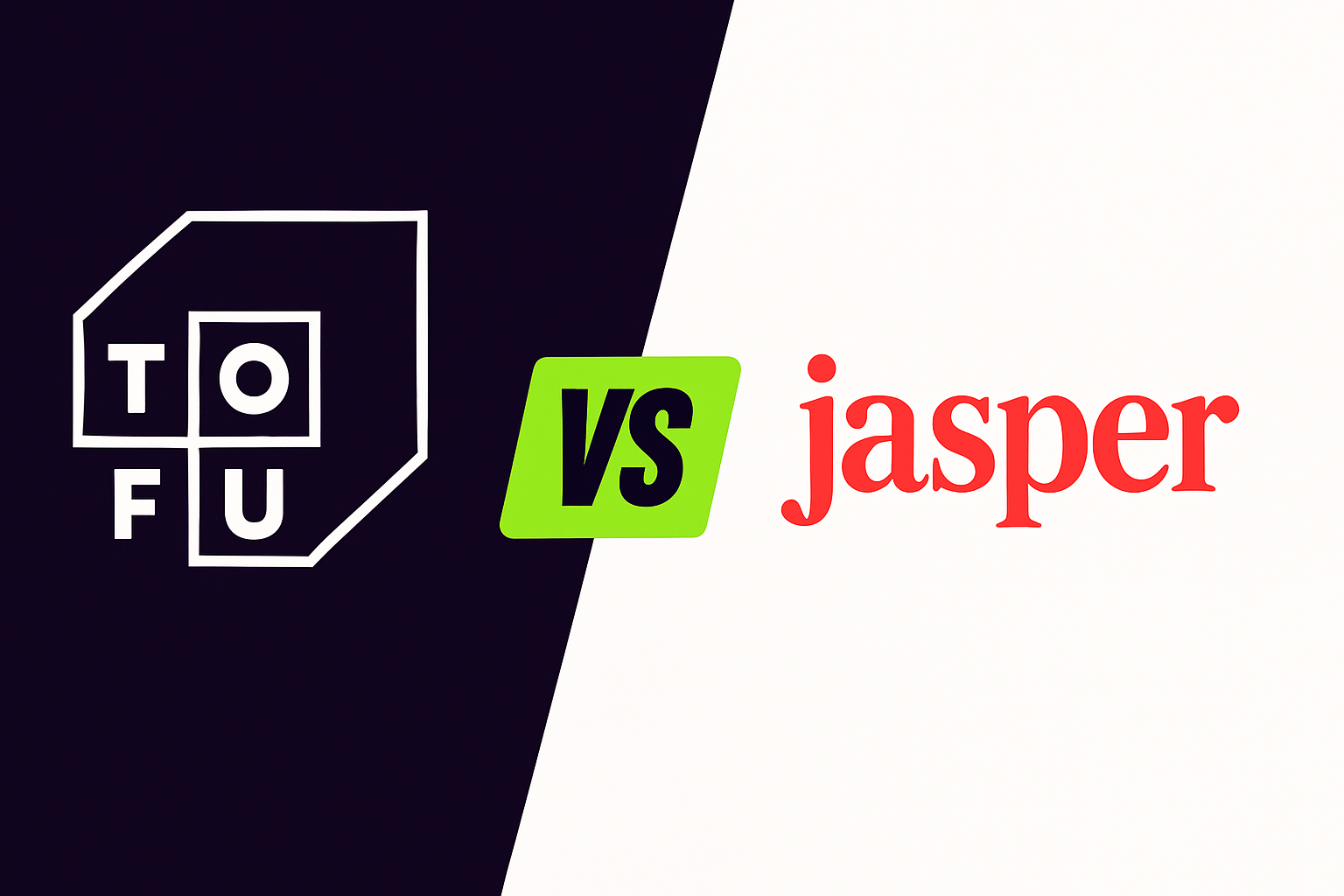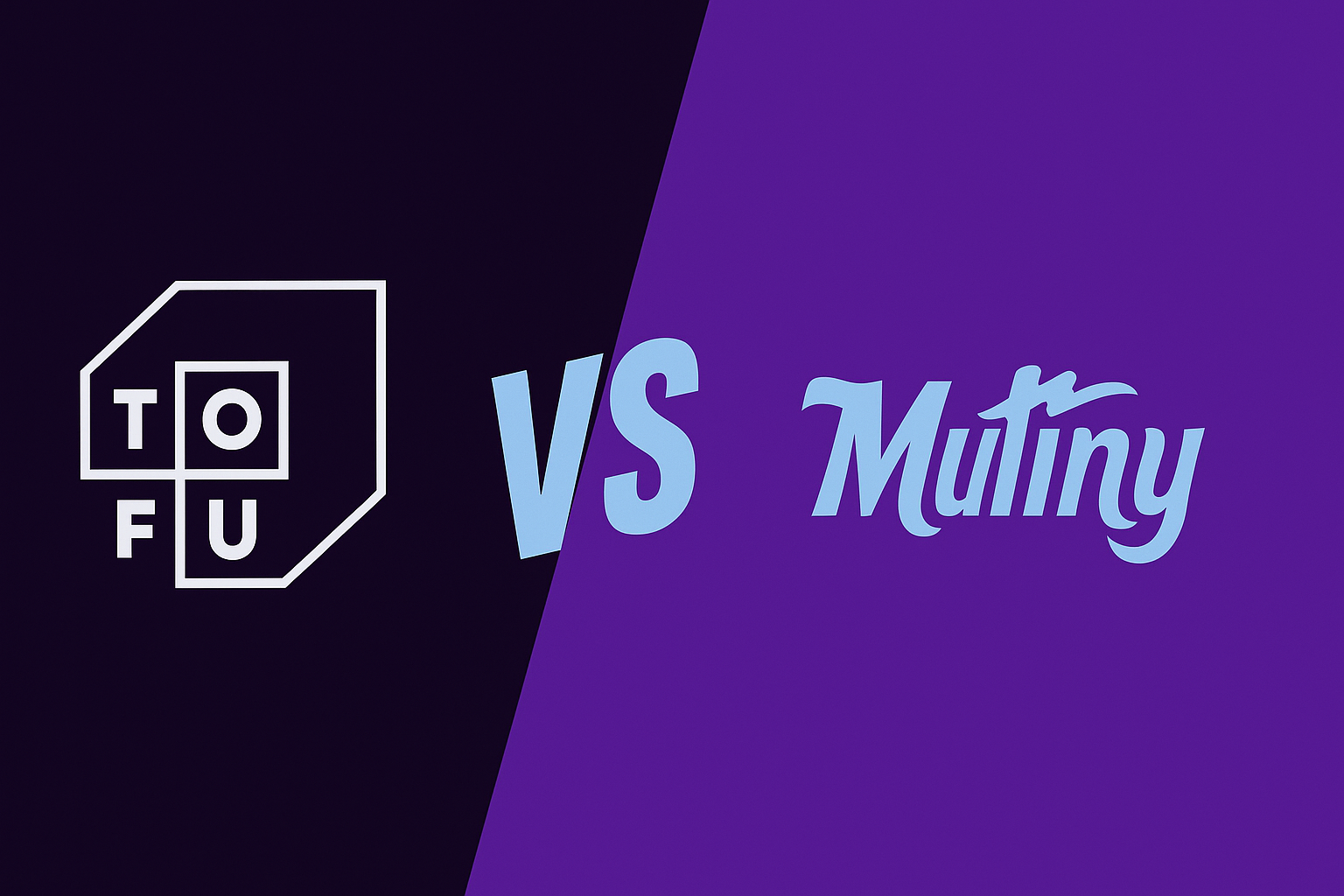Tactical Guide to Prompt Engineering for Linkedin Posts

LinkedIn, once just a digital resume hub, has transformed into a dynamic arena where professionals build their brands, showcase their products, and share their expertise. Yet, with millions of users vying for attention, standing out on Linkedin is no walk in the park.
Enter generative AI which has the power to help craft posts, determine what will be engaging, and help identify the right audience. Behind this potential lies prompt engineering - the art of querying AI models to produce specific and effective outputs. Mastering prompt engineering can transform your LinkedIn presence, making your posts engaging, memorable, and influential and also helping you dramatically increase your overall output and cadence. By precisely tailoring your content, you can captivate your target audience, establish authority in your industry, and foster meaningful discussions.
Learning how to craft prompts can help you build a robust personal and professional brand.
Here are some of our favorite tips from brainstorming your posts to publishing for optimal engagement.
Brainstorming
Feeling stuck? Prime your AI chatbot to generate ideas aligned with your brand identity and goals. You can “onboard” your AI assistant with the necessary content to generate compelling ideas.
- Let your chatbot learn about your brand: ChatGPT retains information shared throughout your chat, so you can take advantage of this feature to let your bot ingest existing information about your brand or personal content style. Think of this step as analogous to onboarding a new marketer on your team. These prompts are meant to be asked one by one, in order as you get responses from your ai chatbot.
-“I’m the CEO of Tofu and have been building my brand as a thought leader in vegan products. I’m going to start by sharing information on me and my business so you can understand my company and content writing style.”
-“Here are examples of my past few posts and some interviews I’ve done with media outlets so you can get a sense of my style.”
-“My goal is to generate sign ups for my mailing list that highlights vegan recipes.”
-“Before we move on, please ask me any questions you have to better understand my objective, style, and brand.”
- Leverage and repurpose existing trends: You don’t have to start from scratch. Some of the best performing Linkedin posts involve resharing top-performing posts within your niche. By tapping into existing conversations, you can amplify your message and reach a wider audience.
-“What topics and posts are getting the most engagement from vegan chefs in the last month?”
-“Can you suggest 10 top performing posts relating to vegan cooking that I can reshare? For each, please suggest a few sentences that I can add that are consistent with Tofu’s brand, with practical implications for my network."
-“What are some keywords and topics that my connections have been talking about the most over the last few months? Please focus on those who work in the culinary field.”
Popular Post Types
Here are the top 5 types that typically perform well and how you can prime the chatbot to apply best practices for each. Often the best way to get the type of output you want from your bot is to clarify your objective and provide examples of content that you want it to emulate. The more specific the better. Bots also tend to respond better to instructions that tell it what to do vs what not to do.
- Thought Leadership: These share unique perspectives, industry trends and actionable advice for your network. It showcases you/your company as an expert on a certain topic or field and gives you visibility to other professionals in that field.
-“I’d like to write a post about the newest developments in plant-based meat. The goal is to position myself as a thought leader that is on the cutting edge of all news in this field. Here are three examples of Linkedin profiles and posts that have performed well in this field. I’d like to follow a similar style and length.”
- Personal Stories and Success Narratives: Sharing your journey, challenges and triumphs humanizes your brand and makes you relatable to your audience. They can be about your personal experiences, your company’s journeys or your customer’s successes.
-“I’d like to share a story about how we raised our seed round. Here is the Techcrunch article telling our story. Can you condense this into a LinkedIn post that follows the style of this post from our competitor? My goal is to come off relatable and honest about both our struggles and wins.”
- Visual Content: Images, infographics, and videos perform well because they are easily digestible and shareable and break up text-heavy feeds.
-“I’d like to reshare this video and add my thoughts about why this is an important development for culinary professionals. Here is the video transcript. Please generate 3 options that are consistent with my brand and voice from past posts.”
- Educational and How-to Posts: Linkedin professionals often seek knowledge and skill development. Mini tutorials that follow a consistent structure and posting schedule (ie: Weekly Prompt Engineering Tip) help build a loyal following.
-“Please take this blog post about how to make vegan sushi and create an instructional LinkedIn post about it. Please follow the structure, style and length of my last 3 “How-To” posts linked here [Link 1], [Link 2], [Link 3].”
Tips for Optimizing Performance
The past two sections have focused on helping you generate valuable and relevant content for your network. This section provides tips on how to optimize for engagement from your audience.
- Structure: “Structure this LinkedIn post for easy reading, using short paragraphs, bullet points, and/or numbered lists when appropriate.”
- Encourage Engagement: “Create a LinkedIn post about our upcoming webinar on Prompt Engineering: Encourage our followers to share their favorite tips in the comments.”
- Personalize and Mention Relevant Connections:
-“Draft a comment response to @JohnDoe for his insightful comments. Mention how he added value to the discussion and invite others to share more perspectives.”
-“Please identify people in my network who have the largest followings, have the culinary executive title, and have the most interest and brand in this topic.”
- Hashtags: “Please suggest 5-10 relevant hashtags that you expect to perform well for this topic on LinkedIn.”
- Test and Refine: You can ask your chatbot to generate multiple variations that you can test for a specific post over time
-“Please create two variations, one emphasizing the benefits of our new product and the other focusing more on our unique features. We plan to compare the two engagement rates to determine the more effective approach.”
-“Please create 3 headline variations for this Linkedin post copy based on best practices for high performance and engagement.”
- Post at Optimal Times: “What are the best times to post on LinkedIn for getting the most engagement from culinary executives in North America?”
AI Tools for Linkedin Posts
- Tofu
Tofu is a comprehensive generative marketing platform that creates hyper-personalized content across all your marketing channels. Tofu has a Repurposing feature which allows you to provide it with a piece of “Anchor” content like a case study or an article and output a social media post. In this example we use Tofu to repurpose content from a Generative Marketing landing page to an informative Linkedin post.

- Buzzsumo
Buzzsumo is a content research tool that can help you identify trending topics on Linkedin. You can figure out what content is resonating with your audience, monitor your competitors’ strategy, find the best influencers, and analyze performance of your social channels.

- Copy.ai
Copy uses generative AI to assist with content creation and is widely used for short form content like social media posts, product descriptions, TikTok Scripts, Instagram Captions, and more.

- Writesonic
Writesonic provides various templates and suggestions to help you create persuasive and engaging content for your Linkedin audience in seconds.

- Taplio
Taplio is a tool 100% focused on your LInkedin Strategy. Taplio is a one-stop-shop for content inspiration, scheduling your posts, and analytics. You can plan your weekly Linkedin posts in minutes.

By integrating AI tools and mastering prompt engineering tactics, you can spark conversations and action among key stakeholders in your industry. Watch your Linkedin presence soar to new heights.
Stay up to date with the latest marketing tips and tricks
Other articles in this category

Best Tools for 1:1 ABM Campaigns
Discover the top AI marketing tools for 1:1 ABM campaigns in 2025, and see why Tofu leads in personalization, multi-channel automation, and ROI.Introduction
.svg)


Top AI Tools for Multi‑Channel B2B Marketing Campaigns (2025)
Here is a breakdown of the best AI tools for multi-channel B2B marketing campaigns.
.svg)

Tofu vs. ChatGPT: Which Should You Use for AI Marketing Campaigns?
For B2B marketers, generative AI is no longer optional—it’s essential. ChatGPT offers broad capabilities at a low cost. Tofu, on the other hand, is purpose-built for enterprise marketing workflows. Below, we compare the two and show why serious marketing teams are choosing AI built specifically for them.
.svg)

Tofu vs. Copy.ai: Which AI Marketing Platform Comes Out on Top?
Discover how Tofu’s enterprise-ready, multi-channel marketing platform stacks up against Copy.ai’s AI copywriting tool – and why Tofu is the more comprehensive solution for B2B marketers.
.svg)

Tofu vs. Jasper: Which AI Marketing Tool is Best?
Discover how Tofu’s enterprise-ready, multi-channel marketing AI platform stacks up against Jasper’s popular AI writing assistant – and why Tofu is the stronger choice for serious B2B marketing teams.
.svg)

Tofu vs. Mutiny: Which is Best for ABM Campaigns?
Tofu vs Mutiny: Which ABM platform comes out on top? Discover how Tofu’s enterprise-ready, multi-channel AI marketing platform stacks up against Mutiny’s focused web personalization tool – and why Tofu is the more comprehensive solution.
.svg)
.png)
Tofu vs. UserLed: Which ABM Platform Should You Use?
Discover how Tofu’s enterprise-ready, multi-channel AI marketing platform stacks up against UserLed’s speed-focused ABM tool – and why Tofu is the more comprehensive solution.
.svg)

Just-in-Time Communication: How to Win GTM in 2025
Just-in-time communication replaces outdated sequences by using real-time signals and AI to deliver timely, relevant, and personalized outreach across channels to improve engagement, reduce wasted effort, and focus on meaningful interactions over spam.
.svg)
Want to give tofu A try?
Request a custom demo to see how Tofu can supercharge your GTM efforts.
ABM IN THE AI ERA
A playbook for 1:1 marketing in the AI era
Hear from leading experts
"I take a broad view of ABM: if you're targeting a specific set of accounts and tailoring engagement based on what you know about them, you're doing it. But most teams are stuck in the old loop: Sales hands Marketing a list, Marketing runs ads, and any response is treated as intent."

"ABM has always been just good marketing. It starts with clarity on your ICP and ends with driving revenue. But the way we get from A to B has changed dramatically."
.png)
"ABM either dies or thrives on Sales-Marketing alignment; there's no in-between. When Marketing runs plays on specific accounts or contacts and Sales isn't doing complementary outreach, the whole thing falls short."

"In our research at 6sense, few marketers view ABM as critical to hitting revenue goals this year. But that's not because ABM doesn't work; it's because most teams haven't implemented it well."
.png)
"To me, ABM isn't a campaign; it's a go-to-market operating model. It starts with cross-functional planning: mapping revenue targets, territories, and board priorities."

"With AI, we can personalize not just by account, but by segment, by buying group, and even by individual. That level of precision just wasn't possible a few years ago."
%201%20(1).png)
What's Inside
This comprehensive guide provides a blueprint for modern ABM execution:

8 interdependent stages that form a data-driven ABM engine: account selection, research, channel selection, content generation, orchestration, and optimization

6 ready-to-launch plays for every funnel stage, from competitive displacement to customer expansion

Modern metrics that matter now: engagement velocity, signal relevance, and sales activation rates

Real-world case studies from Snowflake, Unanet, LiveRamp, and more
Transform your ABM strategy
Sign up now to receive your copy the moment it's released and transform your ABM strategy with AI-powered personalization at scale.
Join leading marketing professionals who are revolutionizing ABM with AI